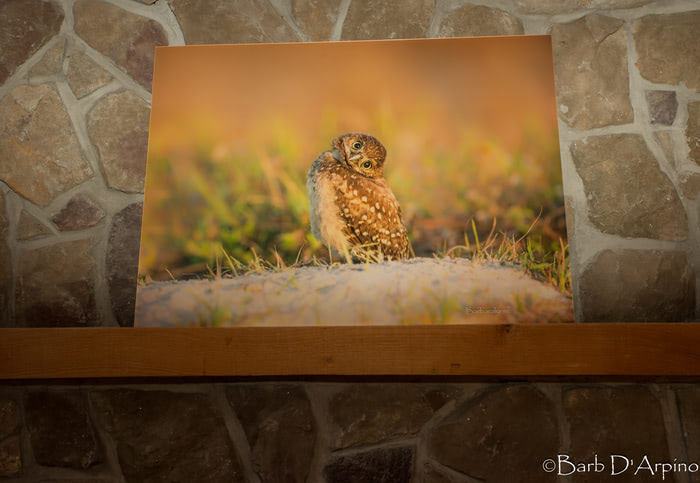We recently caught up with conservation photographer, Barb D’Arpino. Located near Ontario, Canada, Barb lives by the motto – Take nothing but pictures, leave nothing but footprints, kill nothing but time.
Her beautiful photographs have been published in Canadian Geographic, Nature’s Best Photography Magazine two years running, First for Women Magazine, two covers for Scholastic News, and State of the Birds Report 2013 for the U.S. government. Additionally, she’s featured on EarthShots.org as well as several other magazine websites and publications around the world.
Many of her images can be purchased through Getty Images.
When did you realize photography was a passion of yours?
It’s been a passion of mine for many years, however I didn’t think of sharing my photographs until approximately 8 years ago.
I have always cared about this beautiful planet and all of the creatures we share it with. My main goal is to foster awareness of the importance of protecting both our planet and wildlife. I hope that future generations will have the chance to see wildlife in their natural environment, and not just on a photo or in a zoo. We don’t want to lose another species to extinction.
I remember the first time I posted a picture on social media many years ago. I was so excited when I received a comment – I thought wow this photo is popular. Then I received another and thought it’s blowing up. By the third comment and like, I was thinking it had gone viral – LOL!!
Where was this photo taken?
This image of the Burrowing Owlet was taken in Florida. Burrowing owls are considered endangered in Canada and threatened in Mexico. They are also considered endangered, threatened, or of special concern in nine U.S. states. In Florida, they are an Endangered Species. Every spring, I visit and photograph the owls. I hope that by posting pictures of Burrowing Owls, more and more of us will realize that there is a chance that they will be gone forever.
What struck you about this scene or location?
It was just as the sun was rising and the Burrowing Owlets were emerging from their burrows. The colour of the dried grasses and sunrise was magical. This is one of my favourite poses of the owlets, as they try to understand the new world outside of their burrows.
What were you after in this shot?
I always hope to have viewers engage with my subjects and to capture emotion and feeling. I’m hoping this is an image that makes you happy and hopefully smile. You want to try to “humanize” your subjects, to show that they also have feelings.
What variables did you have to compensate for? And how did you?
The owlet was low to the ground, which means you also want to be low to capture the owlet at eye level. This makes for a much more intimate image. The light was low as the sun was just breaking the horizon. I wanted to capture the owlet’s movements and required a shutter speed of at least 1/1000. I had to shoot wide open at F4 to keep the ISO manageable. The ISO on this shot is 1000. Newer DSLR’s handle noise quite well if you expose your shots properly.
What camera and lens did you use and why?
I used a Canon EOS-1DX as this camera handles low light action very well. My lens of choice for this shot, was the Canon 500 to allow me to be far enough away from the owlets by being at a respectful distance so as not to disturb their natural behaviour or stress them in any way.
What are some of the important technical details of this shot? Timing? Exposure?
The owlet was far enough away from where I was set up low to the ground, I could shoot wide open at F4. This allowed for much of the background to blur. I set my exposure compensation to +3/4 so I wouldn’t lose detail in the darker colours. I always shoot raw, this allows you to set your white balance when you upload your image to your editing program of choice.
Why did you choose this photo for the TruLife® Acrylic face mount?
Purely selfish reason – I want to be able to look at this sweet owlet every day, and now I can because this image hangs in a prominent area of my great room. I love the quality of the TruLife® Acrylic face mount. The colours are amazing. I am truly impressed and look forward to having many more of my images face mounted with TruLife® Acrylic.
Where can we see more of your work?
Website: http://www.naturethroughmyeyes.com/
Facebook: https://www.facebook.com/profile.php?id=100001372609248
500px: https://500px.com/barbaralynne
Flickr: https://www.flickr.com/photos/barbaralynne/alynne/
Twitter: @thrubarbseyes
Share this Article:
